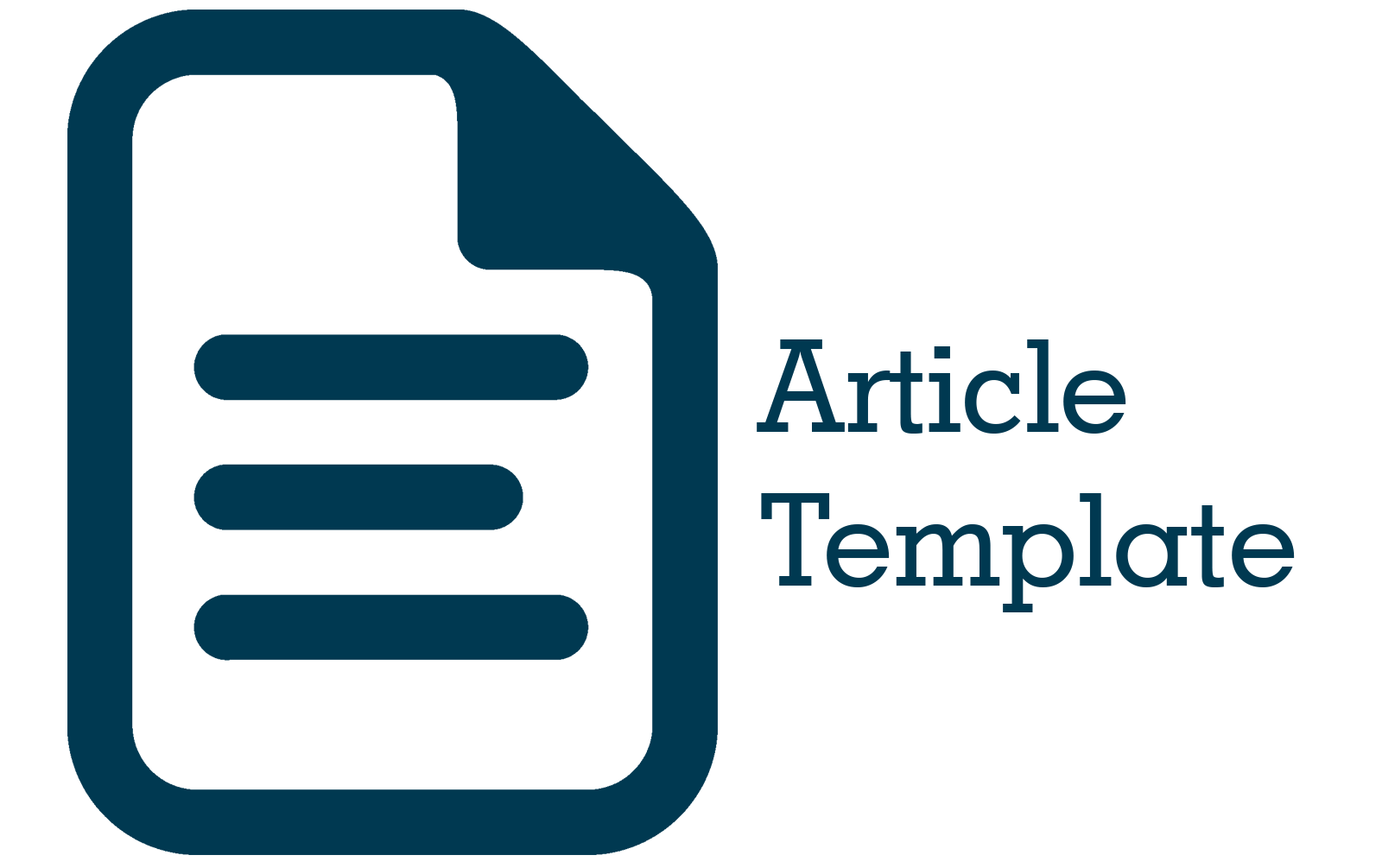Pengaruh Harga Beras, Pendapatan Perkapita, Jumlah Penduduk dan Impor Beras terhadap Permintaan Beras di Indonesia Tahun 2010-2020
Abstract
Abstract. There are two objectives in this study, first to identify how the influence of rice prices, per capita income, population and rice imports on rice demand in Indonesia in 2010-2020. Second, it was identified how much influence rice prices, per capita income, population and rice imports had on rice demand in Indonesia. Rice is the result of the post-harvest process from the rice plant, after the stalk and panicle skin are removed and milled, especially in Indonesia, rice is an important component in the daily diet. This study uses a quantitative descriptive analysis approach and regression analysis using OLS with annual time series data for the 2010-2020 period. Data obtained from the Central Statistics Agency. The independent variables include rice prices, population, average food expenditure and rice imports and the dependent variable is rice demand. The independent variables include rice prices, population, average food expenditure and rice imports and the dependent variable is rice demand. The results showed that the rice price variable, the average food expenditure had a significant influence on the demand for rice in Indonesia. While the population has a significant effect with a negative coefficient value on rice demand. Rice imports statistically have no effect on rice demand in Indonesia. From the value of R2, the result is 87.61 percent, which means that the variation in rice price, population, average food expenditure and rice imports towards rice demand is 87.61%, while the other side is influenced by other variables not included in the model.
Abstrak. Terdapat dua tujuan dalam penelitian ini, pertama Teridentifikasi bagaimana pengaruh harga beras, pendapatan perkapita, jumlah penduduk dan impor beras terhadap permintaan beras di Indonesia tahun 2010-2020. Kedua Teridentifikasinya berapa besar pengaruh harga beras, pendapatan perkapita, jumlah penduduk dan impor beras terhadap permintaan beras di Indonesia. Beras merupakan hasil proses pasca panen dari tanaman padi yaitu setelah tangkai dan kulit malainya dilepaskan dan digiling, khususnya Indonesia, beras merupakan komponen yang penting dalam makanan sehari-hari. Penelitian ini menggunakan metode pendekatan analisis deskriptif kuantitatif dan analisis regresi menggunakan OLS dengan data time series tahunan periode 2010-2020. Data diperoleh dari Badan Pusat Stastistik. Variabel independen meliputi harga beras, jumlah penduduk, rata-rata pengeluaran pangan dan impor beras serta variabel dependennya yaitu permintaan beras. Variabel independen meliputi harga beras, jumlah penduduk, rata-rata pengeluaran pangan dan impor beras serta variabel dependennya yaitu permintaan beras. Hasil penelitian menunjukan bahwa variabel harga beras, rata-rata pengeluaran pangan memiliki pengaruh signifikan terhadap permintaan beras di Indonesia. Sedangkan jumlah penduduk berpengaruh signifikan dengan nilai koefisiennya negatif terhadap permintaan beras.Impor beras secra statistic tidak berpengaruh terhadap permintaan beras di Indonesia. Dari besaran nilai R2 diperoleh hasil sebesar 87,61 persen yang bermakna variasi harag beras, jumlah penduduk, rata-rata pengeluaran pangan dan impor beras terhadap permintaan beras 87,61%, sedangkan sisinya dipengaruhi oleh variabel lainnya yang tidak dimasukan dalam model.










